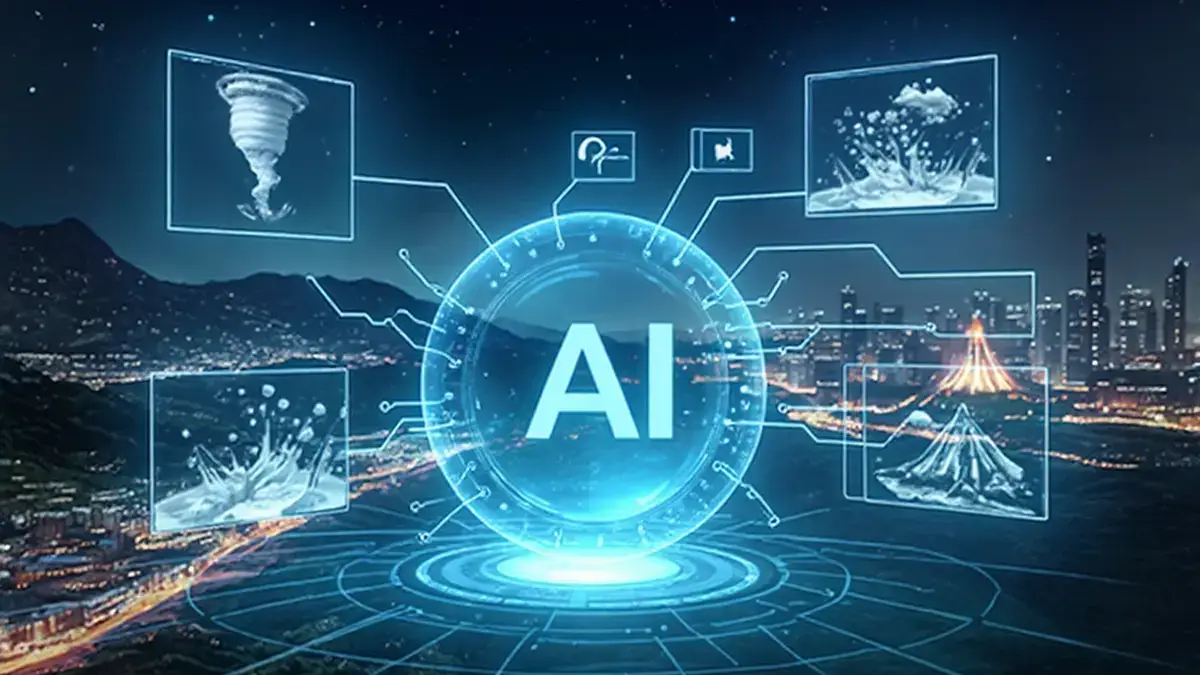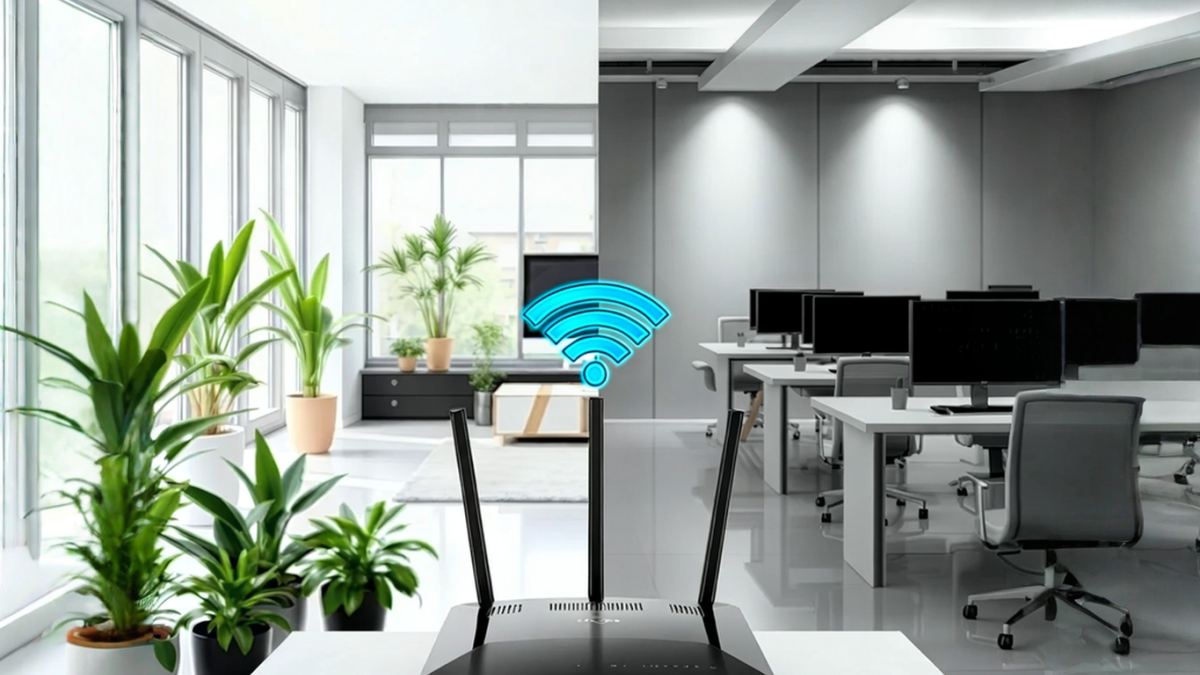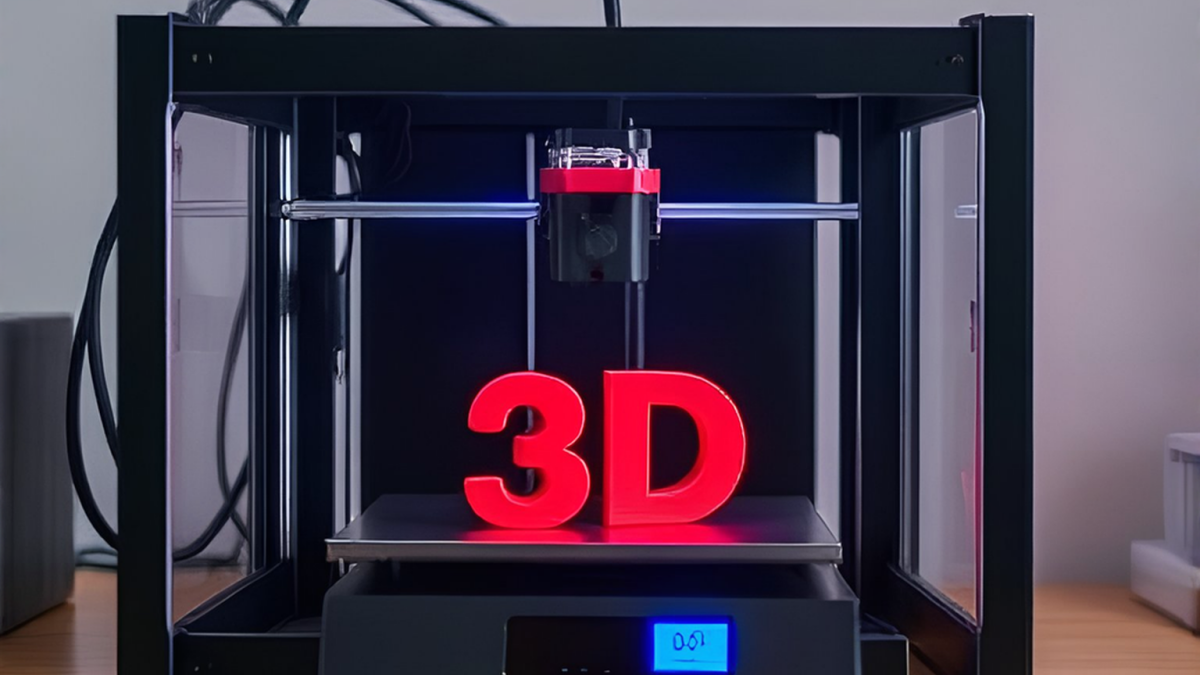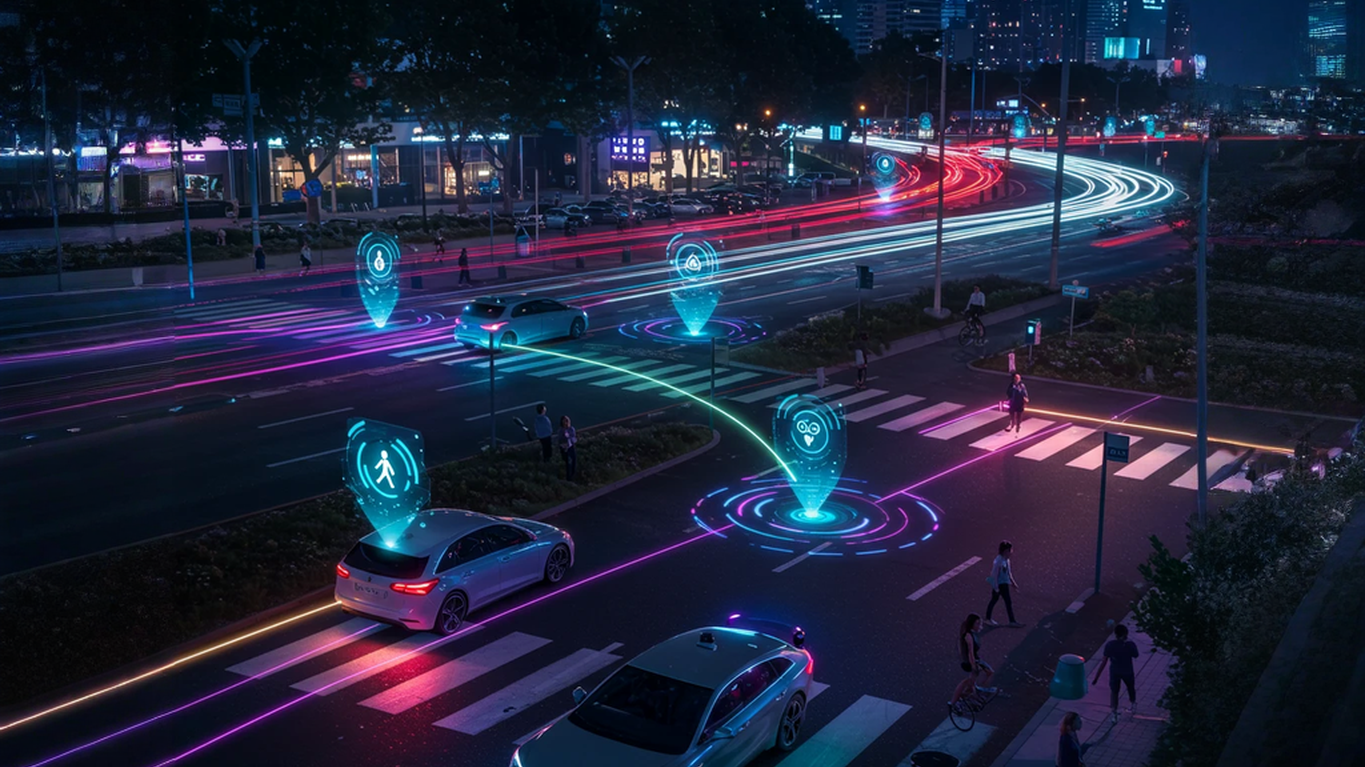The past few decades have witnessed an unprecedented technological transformation, often referred to as the high-tech revolution. This phenomenon has profoundly impacted various aspects of our lives, from communication and commerce to education and entertainment. By exploring the before-and-after landscape of this revolution, we can uncover the profound changes it has brought and their wide-reaching effects. This view offers valuable insights into the revolution’s benefits, challenges, and lasting impact on modern society.
1. Communication: From Slower and Local to Instant and Global
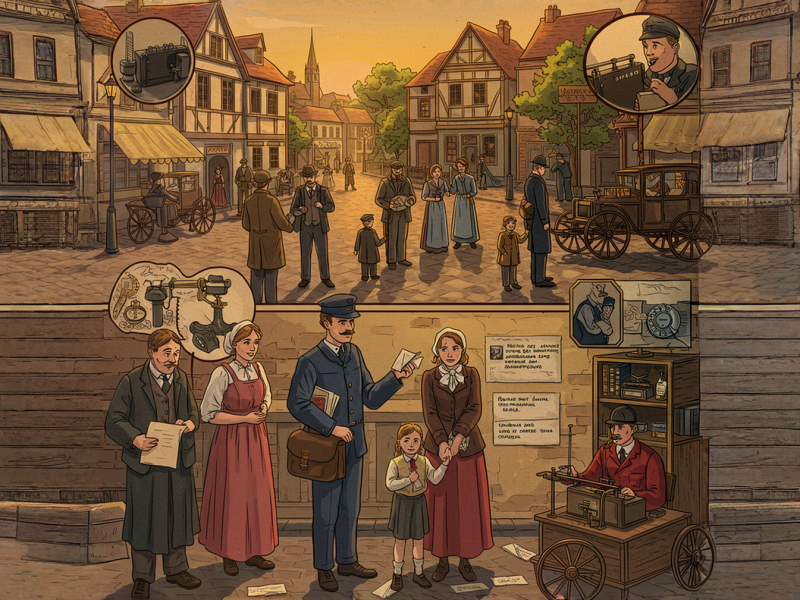

Communication transitioned from slow, localized, and personal methods like letters and face-to-face interactions, which fostered deeper connections but limited reach, to instant, global digital communication via the internet and mobile devices. This shift, while eliminating distance barriers, has prompted questions about the quality of relationships and the impact on social skills.
2. Transportation: From ICEVs to EVs


Transportation has transformed significantly. Once dominated by internal combustion engine vehicles (ICEVs) and slow, inefficient systems, it relied on manual navigation and had a high environmental impact. Today, electric vehicles (EVs), autonomous transport, and A.I.-optimized logistics have revolutionized travel. With high-tech public transit and drone deliveries, transportation is faster, cleaner, and more efficient. This shift to a connected, data-driven ecosystem enhances accessibility and reduces environmental harm—all while making travel smarter and greener.
3. Business: From Traditional Stores to E-Commerce


Before the high-tech revolution, commerce meant physical stores, cash transactions, and time-consuming shopping trips, limited by local options. Now, e-commerce offers global access, digital payments, and personalized experiences, shifting consumer behavior from slow, local interactions to fast, global, and digital ones, challenging traditional retail with convenience and instant gratification.
4. Education: From Traditional Classrooms to Virtual Classrooms


Before the high-tech revolution, education was largely classroom-based, relying on traditional methods and limited resources, making access to higher education difficult for many. Today, online courses and digital platforms offer flexible learning opportunities, allowing students to access global resources. Education has shifted from local, in-person instruction to a global, interconnected system.
5. Entertainment: From Passivity to Interactivity

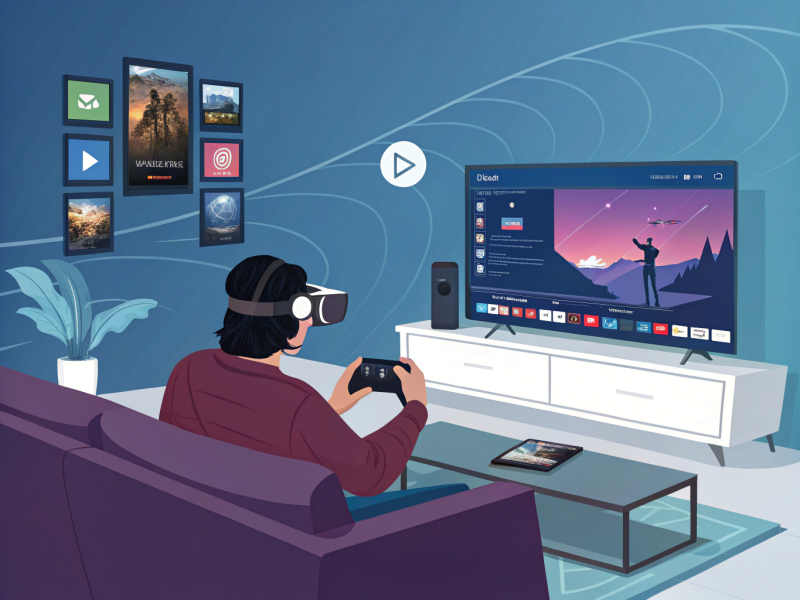
Pre-revolution, entertainment was passive, limited to radio, TV, and local events, fostering shared culture but limiting choice. Today, streaming, gaming, and V.R. offer vast, interactive, on-demand content, though raising concerns about screen time and algorithmic consumption. Essentially, entertainment changed from passive, limited, and communal, to interactive, vast, and personalized.
6. Work: From Traditional Offices to Remote Workspaces

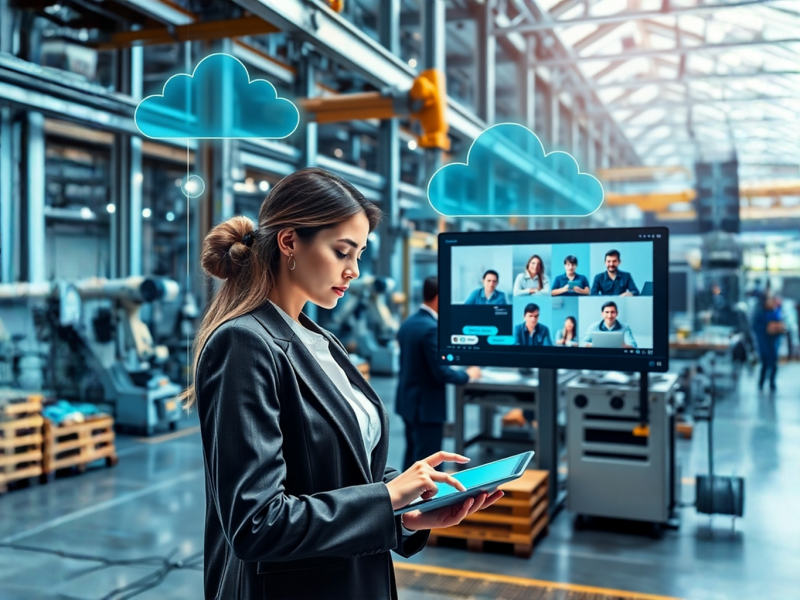
The traditional 9-to-5 office job once relied on physical presence and paperwork, but technological advancements like cloud computing, project management tools, and apps such as Zoom have transformed the workplace. These changes have introduced flexible work models, including remote and hybrid setups, boosting productivity and improving work-life balance for many.
7. Healthcare: From Manual Processes to Automated Processes

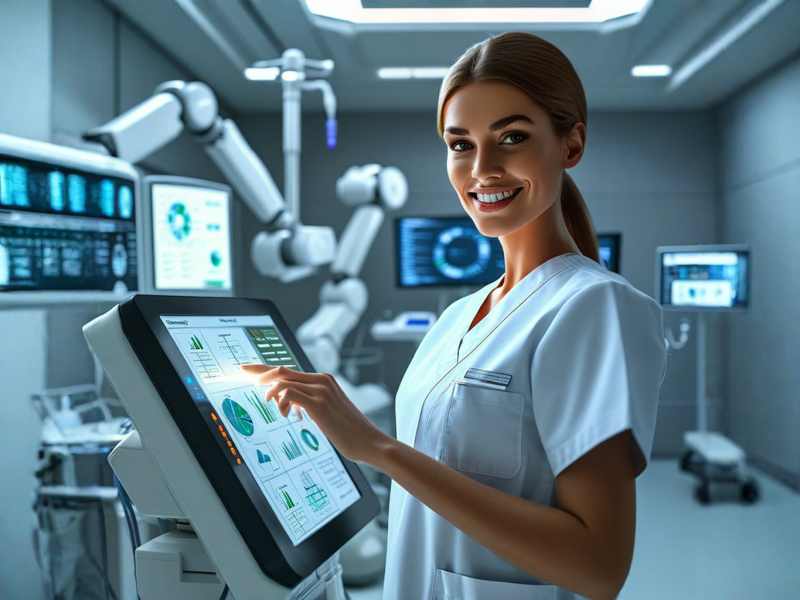
The high-tech revolution has transformed healthcare by replacing manual processes with automated systems, enhancing efficiency, accuracy, and patient care. Previously, paper records, manual scheduling, labor-intensive billing, and slow lab results hindered operations. Today, Electronic Health Records (EHRs) enable real-time data access; automated scheduling and billing streamline workflows; and lab automation delivers faster results, leading to improved efficiency and better health outcomes.
8. Intelligence: From Human Ingenuity to Artificial Insight

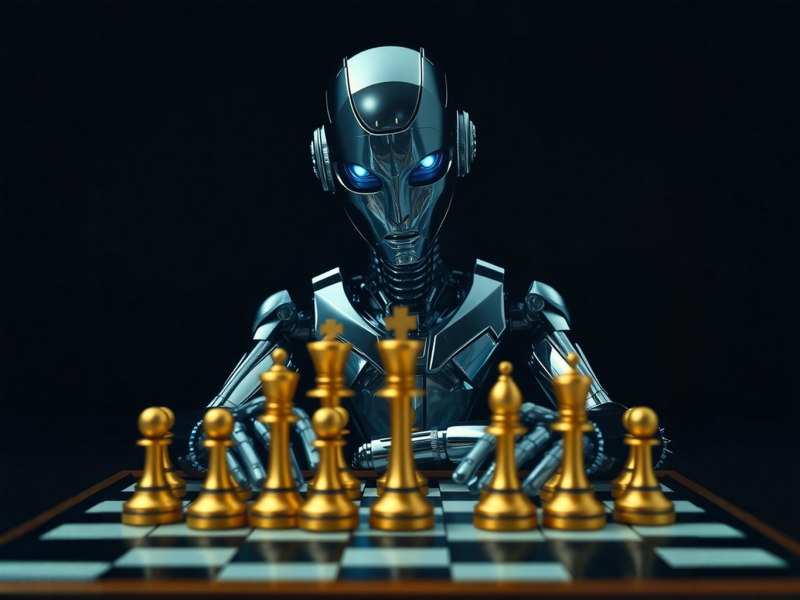
In the past, human intelligence, based on individual thinking and basic tools, dominated. Knowledge sharing was slow, and A.I. was a simple concept, with decisions made by humans with limited access to advanced insights. Today, A.I. and humans collaborate. Powerful A.I. tools provide quick insights, accessible through everyday devices in the society. Instant communication and A.I. data guide decisions, making robust cybersecurity essential to combat potential cybercrime.
The Challenges of the High-Tech Revolution
- Job Displacement & Workforce Transition: Automation and A.I. replace traditional jobs, requiring reskilling for a tech-driven economy.
- Economic Inequality: Tech benefits are unevenly distributed, widening the gap between skilled and unskilled workers.
- Data Privacy & Security: Growing digital data collection increases risks of cyberattacks and breaches, demanding stronger protections.
- Digital Divide: Unequal access to technology limits education, jobs, and social opportunities for marginalized groups.
- Regulatory Difficulties: Laws struggle to keep up with tech advancements, affecting intellectual property, competition, and consumer protection.
- Dependency & System Vulnerability: Over-reliance on tech makes society vulnerable to cyberattacks and system failures.
- Environmental Concerns: E-waste and tech energy consumption contribute to environmental damage, requiring sustainable solutions.
- Cultural Impact: Digital interactions may reduce face-to-face communication, affecting mental health and social skills.
- Intellectual Property Issues: Protecting innovation while ensuring fair compensation remains a challenge in the digital economy.
- Ethical & Moral Issues: A.I. raises concerns about bias, accountability, and human rights, requiring ethical guidelines.
Collaboration among governments, businesses, and communities is essential to building an inclusive, secure, and sustainable hi-tech future.
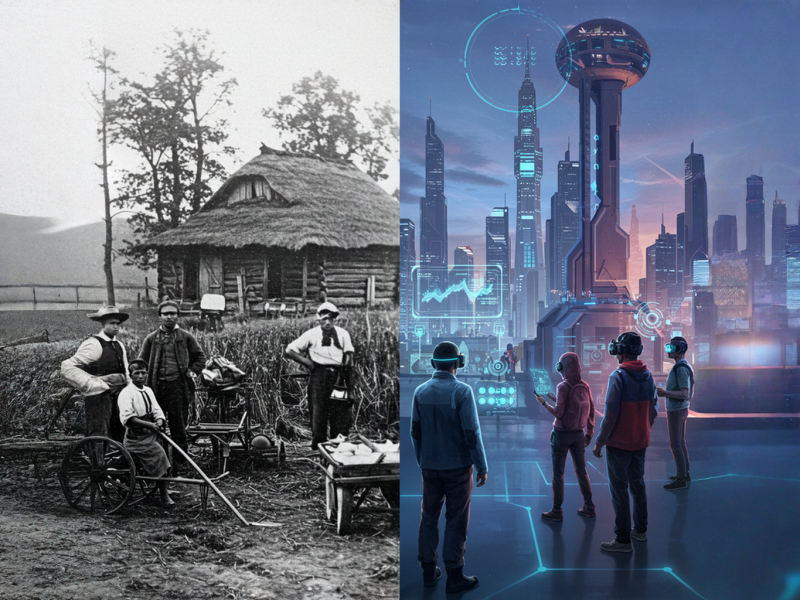
Related Posts
AI vs. Nature’s Fury: Revolutionizing Natural Disaster Management
AI is revolutionizing how we handle natural disasters—enhancing early warnings, streamlining…
Top 10 Best-Selling Portable EV Chargers
As electric vehicles (EVs) grow in popularity, a reliable portable charger is essential. Here are…
Which Top 10 Smart Home Products on Amazon Will Upgrade Your Life?
Discover the top 10 smart home products on Amazon that can simplify and upgrade your daily…
Best Routers by Type: Mesh, Gaming, Smart, and More for Fast, Secure, and Reliable Internet
Explore the best types of routers—including mesh, gaming, and smart options—to enhance your digital…
Top 10 Things to Consider Before Investing in a Hi-Tech 3D Printer
Keep these top 10 essentials in mind before purchasing a hi-tech 3D printer to make the most of…
The Ultimate Hi-Tech Wish List: Gift Ideas for the Gadget Enthusiasts
Whether it’s for a birthday, holiday, or just to show you care, this hi-tech wish list will help…
5 Best-Loved Hi-Tech Virtual Pets
Discover the best-loved hi-tech virtual pets, where cutting-edge A.I., blockchain, and interactive…
Fly with Excellence: Top 10 Drone Brands Defining Aerial Hi-Tech
From cutting-edge flight performance to advanced camera systems and smart navigation, these…
The Road to Connectivity: Understanding V2X Technology
"The Road to Connectivity: Understanding V2X Technology" delves into the revolutionary world of…

